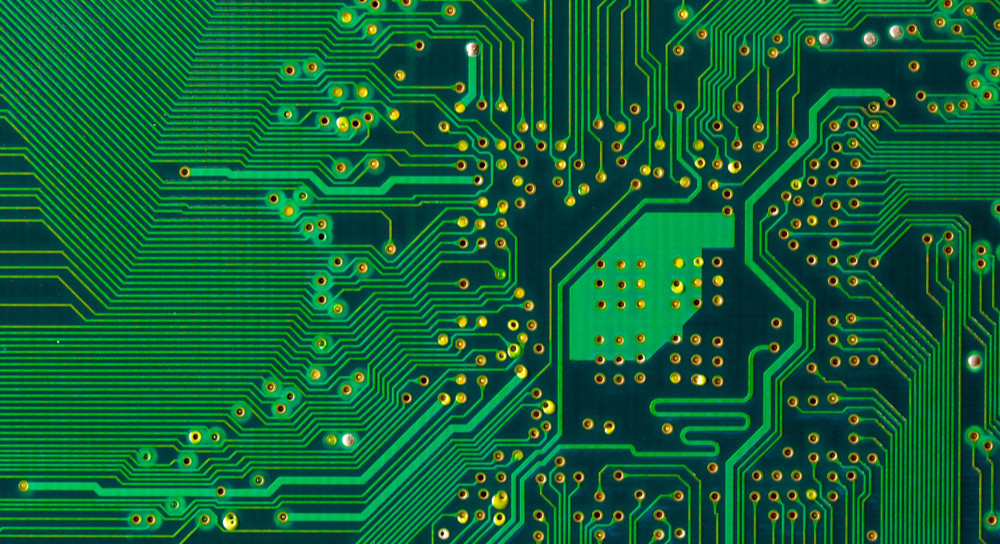
FPC is light, thin and short, so it is also the best choice for most intelligent PCB products. Flexible circuit boards are also easy to have operations such as folding, bruise, etc. during use, with low mechanical strength and easy to crack. Therefore, the purpose of the laminating material is to strengthen the mechanical strength of FPC flexible circuit boards and facilitate the surface mounting of PCB parts. There are many types of reinforcing plate films used for flexible circuit boards, which are mainly PET, PI, back glue, metal or resin reinforcing plates, etc., depending on the product use requirements.
Stiffening plate

1、 FPC flexible circuit board reinforcement board main process
Process: blanking (copper foil protective film reinforcing plate PSA) → drilling (copper foil protective film reinforcing plate PSA) → Black hole or PTH → Dry film pasting → Film alignment → Exposure → Development → Copper electroplating → Dry film removal → Chemical cleaning → Dry film pasting → Film alignment → Exposure → Development → Etching → Dry film removal → Brushing → Protective film pasting/lowering → Lamination → Reinforcement plate pasting → Lamination → Punching → Text printing → Baking → Surface treatment → PSA pasting → Segmentation → Lead punching → Electrical inspection → Shape stamping → FQC (full inspection) → OQC → Packaging → Shipping
2、 Reinforcement plate fitting
1. Hot pressing stiffening plate: at a certain temperature, the heat hardening adhesive of the stiffening plate film begins to melt, making the stiffening plate film stick to the products, so that the stiffening plate is positioned.
2. Pressure sensitive reinforcing plate: the reinforcing plate can be stuck on PCB products without heating.
3、 Reinforcement plate pressing
1. Hot pressing stiffening plate: melt the heat hardening adhesive of the stiffening plate film with high temperature, and use appropriate pressure or vacuum to make the stiffening plate film closely fit on the flexible circuit board.
2 Pressure sensitive reinforcing plate of flexible circuit board: no heating is required, and the products are pressed by cold press
4、 Ripening
For the hot pressing reinforcing plate: the pressure during pressing is small and the time is short. The heat hardening adhesive of the reinforcing plate is not fully aged. It needs to be baked at high temperature for a long time to fully age the adhesive and increase the adhesion between the reinforcing plate and the products.
5、 Introduction to the equipment used for FPC PCB
Refrigerator: used to store stiffening plates and films to be refrigerated
Pre laminating machine (C/F laminating machine): laminating hot pressing reinforcing plate film
Manual fitting fixture: fitting cold pressing reinforcing plate film
Vacuum machine: press the finished products of hot pressing reinforcing plate
80t fast press: press the finished products of PI thin hot pressing reinforcing plate
Cold press: press the cold compressive reinforcing plate
Oven: bake the finished products of hot pressing reinforcing plate
6、 Introduction to fixture for FPC FPC
Pre sticking fixture:
Locate PIN:
7、 Stiffener Film
Reinforcing plate film: the mechanical strength of FPC flexible circuit board, which is convenient for surface mounting operation. The common thickness is 5mil and 9mil
Adhesive: It is a kind of heat hardening adhesive or pressure sensitive adhesive, and the thickness depends on the customer's requirements
Release paper: Avoid foreign matters on the adhesive before pressing
According to the requirements on the material card, store the reinforcement plates and films to be refrigerated as required
Refrigeration temperature: 1~9 ℃, shelf life of 3 months under refrigeration conditions
The flexible circuit board reinforcing plate materials shall not be stored for more than 8 hours at room temperature









